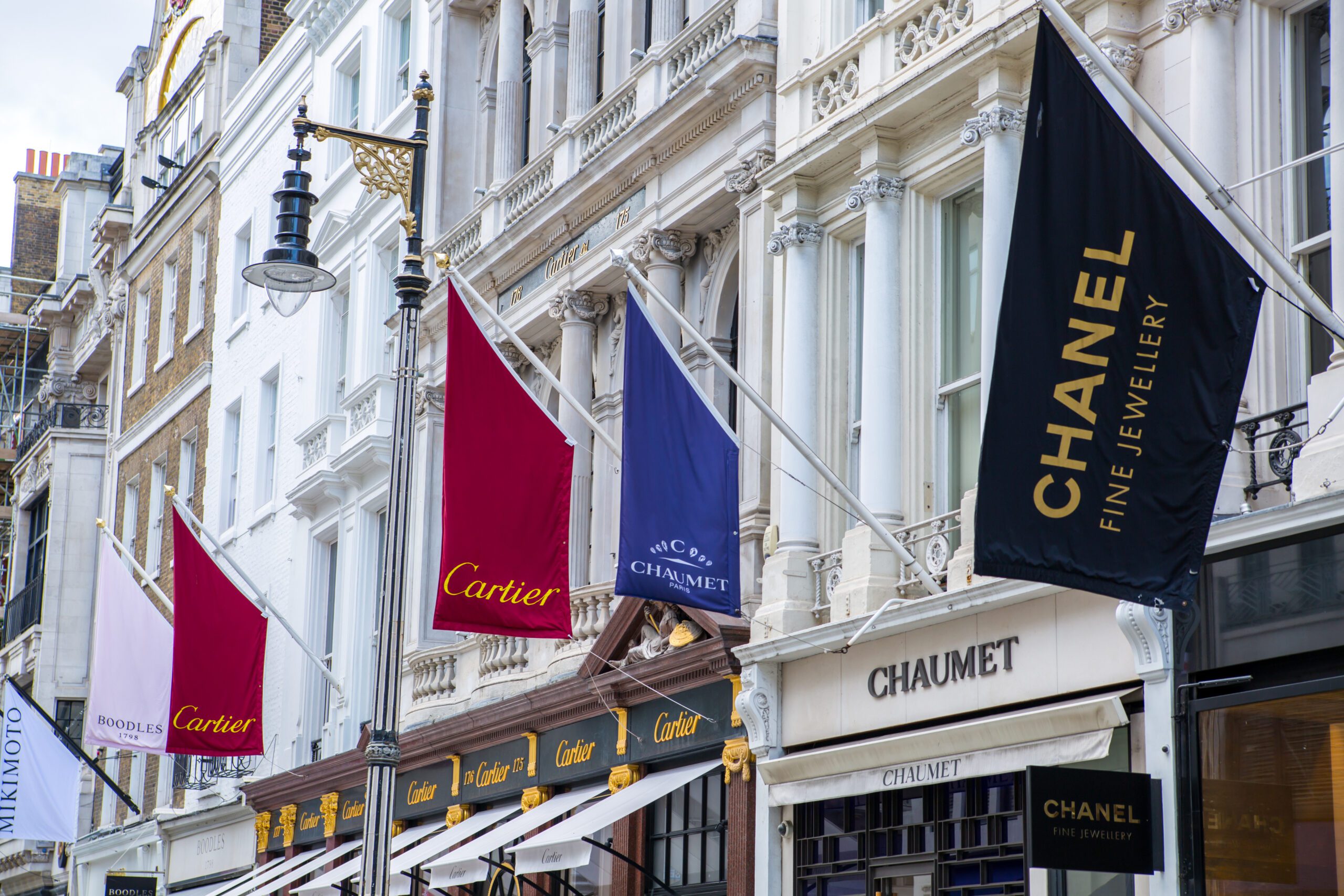
What Are Veblen Goods?
There are some brand names that typically come to mind when you think of luxury — brand names that if you see someone wearing, it seems to radiate wealth. Think Birkin bags, Dom Pérignon, Cartier jewelry, or Ferraris.
These items are generally Veblen goods: goods that see a demand increase when the price increases.

What Are Veblen Goods?
Veblen goods refer to high-quality, luxury items that see demand increase as their prices increase, in apparent contradiction to demand theory. These items are sought after by affluent collectors who value products like fine art, designer clothes, rare wines and expensive cars for their appeal as a status symbol.
Veblen goods are named after American economist Thorstein Veblen, the man who first identified conspicuous consumption as a mode of status-seeking in The Theory of the Leisure Class.

Expensive products such as designer handbags, yachts, luxury cars and rare scotches, which are often marketed as being “exclusive” and convey the image of success are considered Veblen goods. In simple terms, a Veblen good is a luxury item that a majority of the population cannot and will not purchase.
The Veblen Effect
The Veblen Effect refers to the positive impact of the price of a commodity on the quantity demanded of that commodity. The Veblen effect is similar to other conceptual irregularities in microeconomics, including the snob effect which occurs when consumers desire luxury items based on their exclusivity, and the bandwagon effect, which occurs when consumers purchase a product because it appears popular.

The Price-Demand Curve of a Veblen Good
Veblen goods contradict the basic law of demand in classical economic theory, which states that price changes have an inverse relationship with demand changes. This means that as the price of a normal good increases, the demand will fall as fewer people will be willing to pay for it.
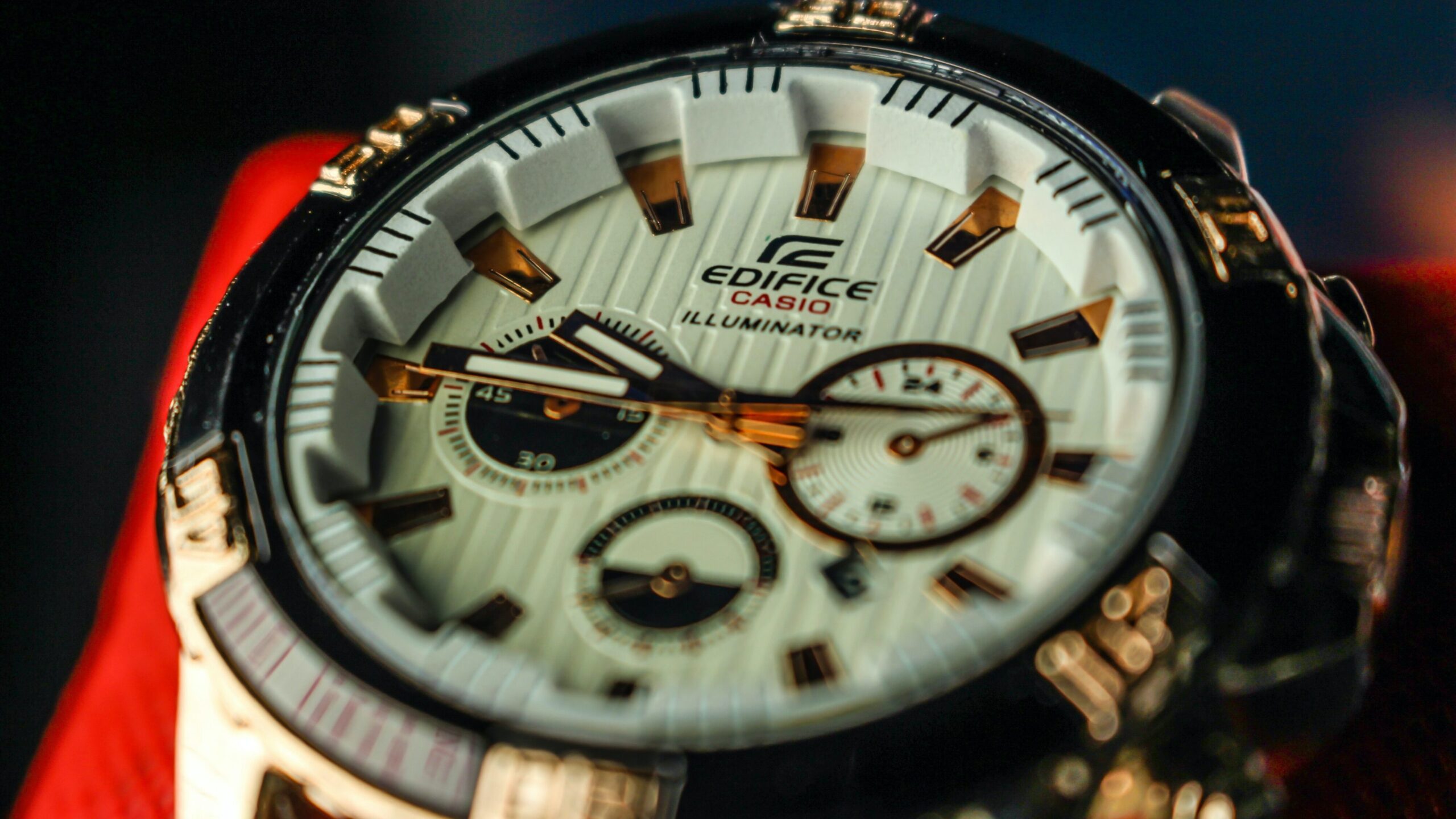
Unlike the standard downward-curving price and demand curve, a Veblen good instead has an upward-sloping demand curve. If the price of a luxury item is lowered, its exclusive appeal may diminish. This can result in status-conscious consumers steering away from them, while the product still may be too expensive for the mass market.
With a Veblen good, overall demand declines with lower prices, rather than increasing.
Demand Curve Graph For Veblen Goods
Why Does Demand For Veblen Goods Increase With Price?
Perception of Quality
In Veblen’s analysis of conspicuous consumption he noted that for certain luxury goods and services, a higher price is often associated with the perception of higher quality. Therefore, a price increase implied evidence of the producer improving quality.
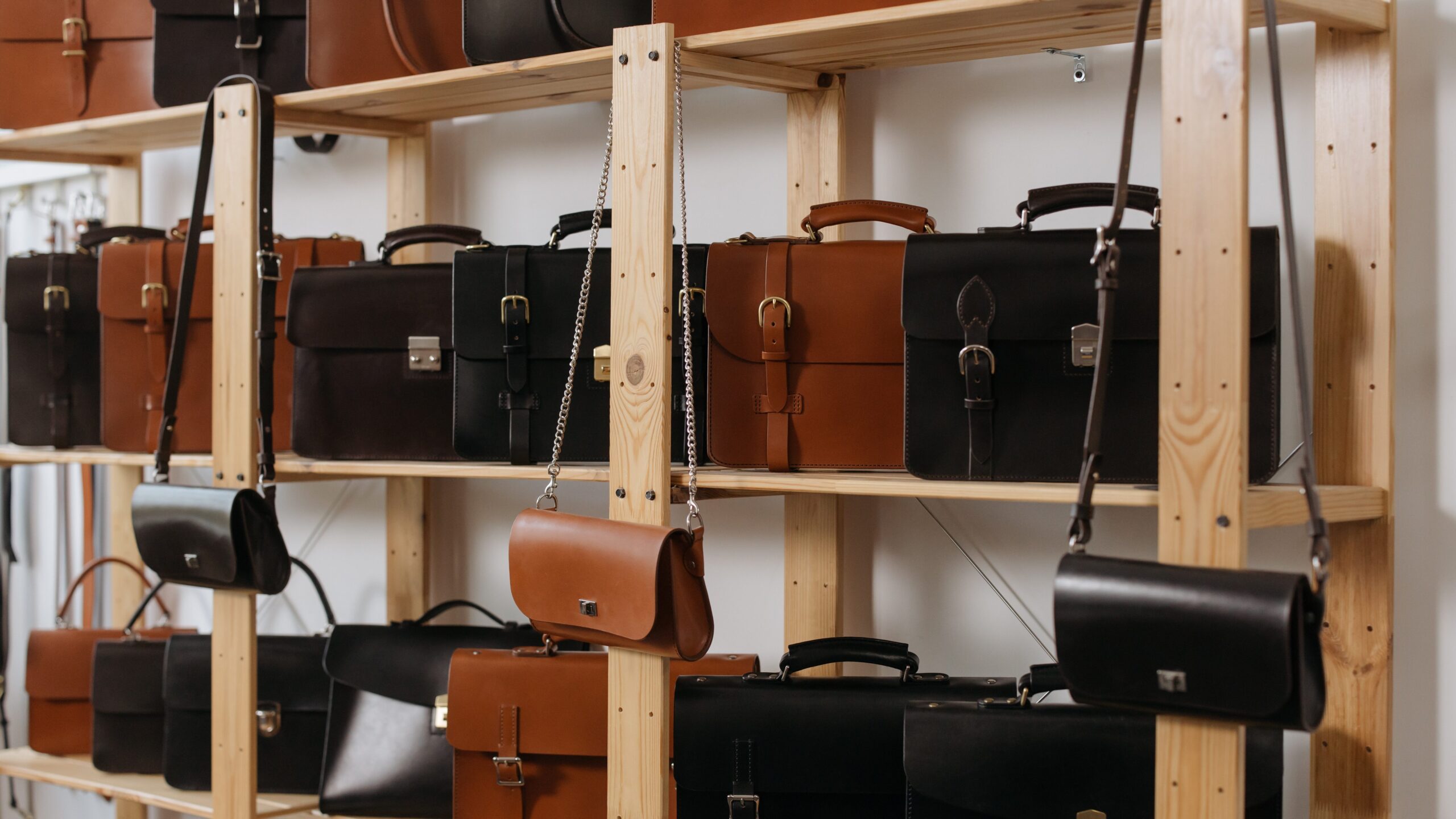
Status Symbols
Veblen goods are often positional goods, meaning the quantity demanded depends on how the good is distributed in society. Veblen goods exhibit a negative positional effect, i.e., the quantity demanded increases with a reduction in the distribution of the good.
Luxury items are often sought after because of the image they represent. Driving a sports car is not only exciting because of the look or features of the car, but also because everyone next to you on the road knows you can afford one.

Veblen explained his theory of conspicuous consumption through two consumer behaviors: a person’s desire to not be perceived as a member of lower status, and a person’s desire to be perceived as a member of higher status. Given these two consumer behaviors, a luxury good would be appealing to the leisure class as long as they help to display their wealth and social status.
As the price of a product falls, its exclusivity begins to diminish, which can lower demand by reducing the desirability of the good. This is often called the snob effect.
Examples of Veblen Goods
Contemporary Art
Art is a prime example of a Veblen good. Owning fine art is seen as something of prestige. Being able to hang pieces of work worth millions on your walls, you are able to display a certain level of wealth and sophistication.
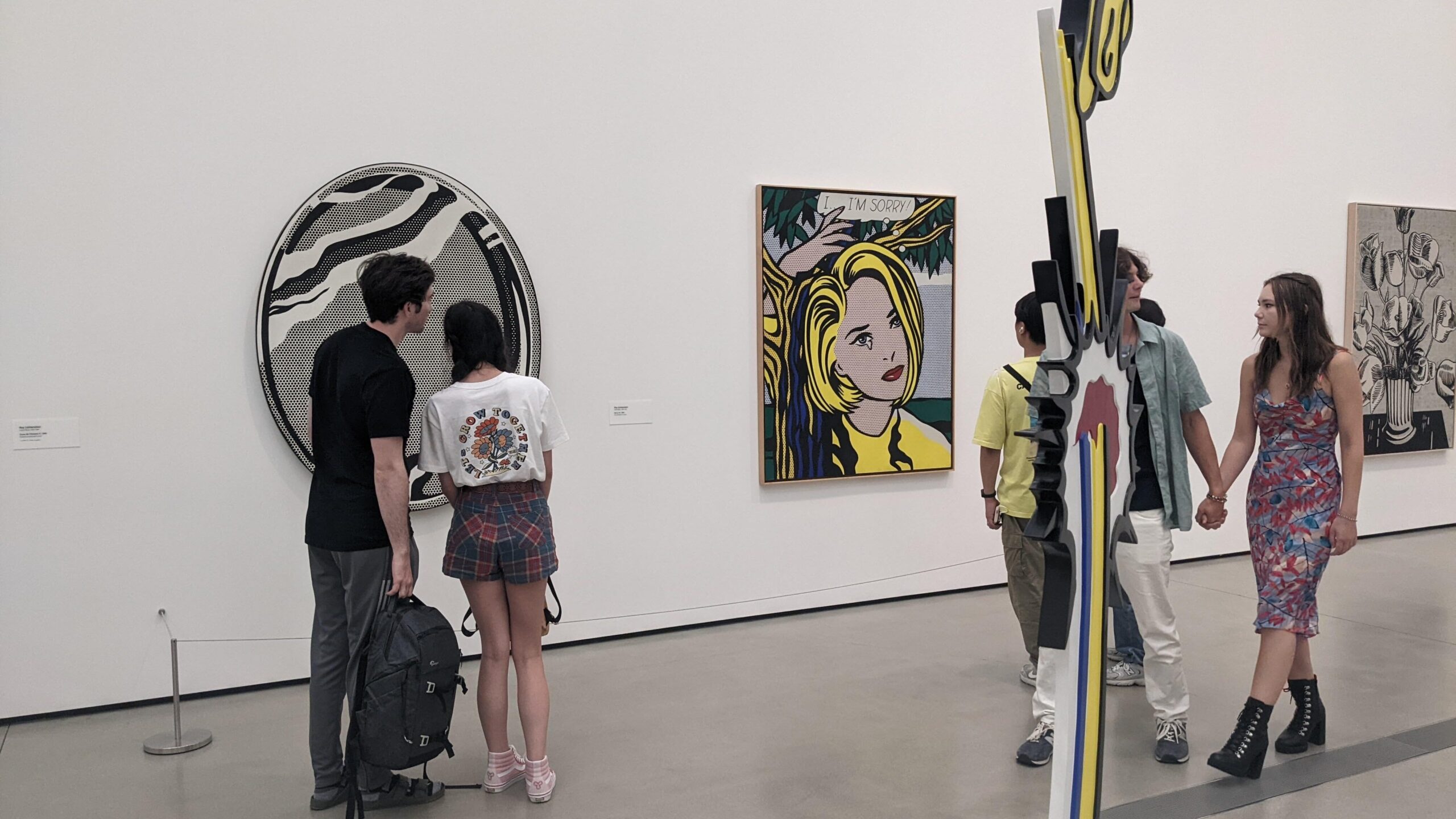
The exclusivity of owning a one-of-a-kind artwork is a large part of what makes fine art pieces extremely expensive.
Blue-chip art refers to work done by artists with a long history of transactions, who are deemed to be culturally or historically significant and have a higher level of collector demand. We consider art to be investment-grade once the artist has consistently sold pieces for large chunks of money.
Works from well-acclaimed artists such as Basquiat, Damien Hirst, and Banksy consistently fetch multi-millions at auctions.
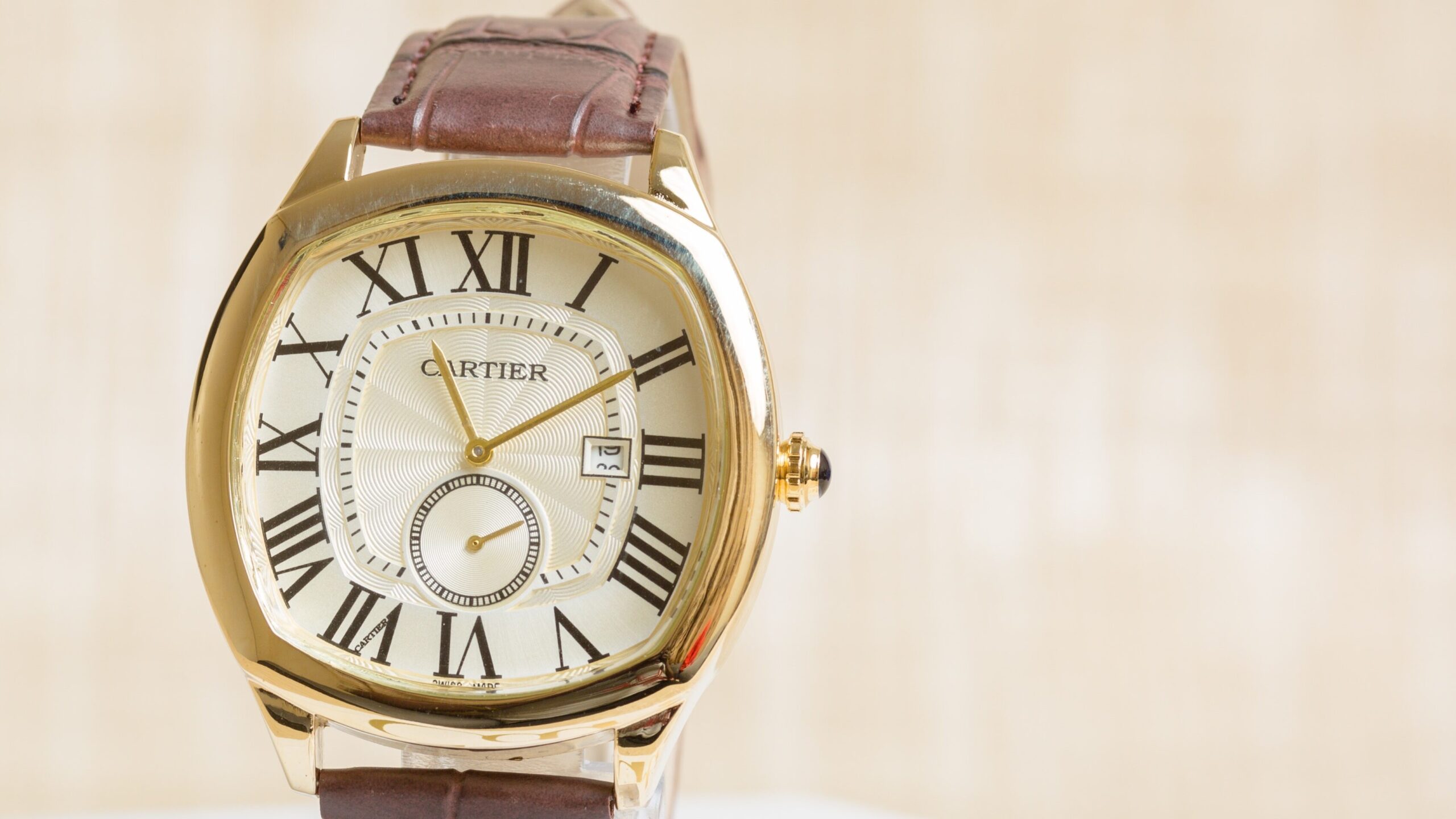
Luxury Watches
Luxury watches are a daily, wearable symbol of wealth and power. Watches require delicate craftsmanship, often taking days of hard work to assemble all pieces of a luxury watch.
Additionally, luxury watches are typically made with higher quality and rare materials such as gold, silver, and sapphire, which can also influence the price point.

Designer Clothes & Handbags
Clothes designed by luxury fashion brands like Gucci, Chanel, Louis Vuitton, and Hermes act as a marker of exclusivity. The higher price tag is not just the result of great quality, but also of the brand image and association.
Veblen Goods vs. Giffen Goods
Giffen goods are another class of goods that do not follow the law of demand. Unlike Veblen goods, which violate the law of demand after prices rise above a certain level, Giffen goods violate the law of demand until prices rise above a certain level.
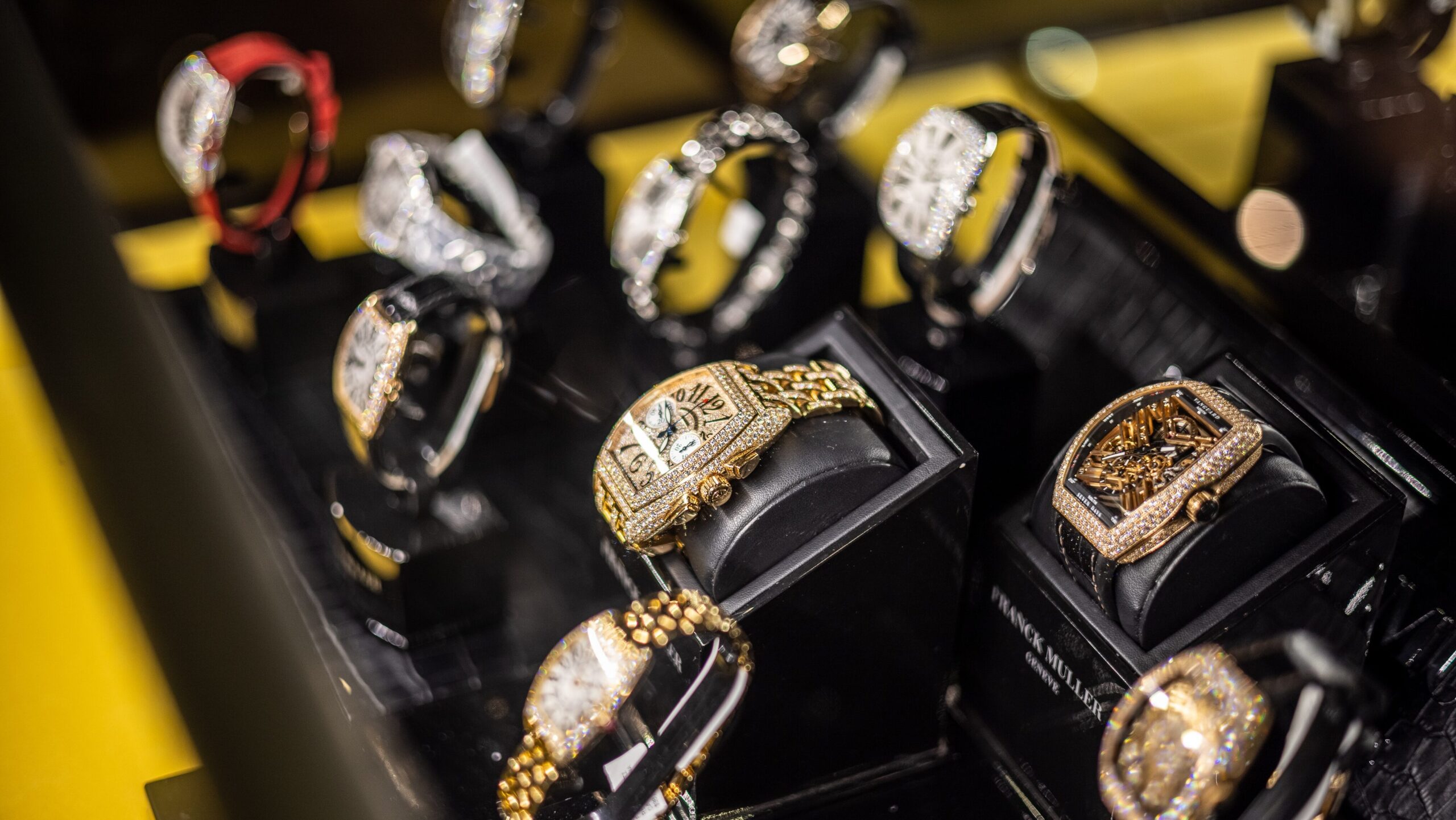
Giffen goods are low-income, non-luxury products that have very few close substitutes. Higher demand and price of a Giffen good is attributed to the income effect — change in consumption due to income — and the substitution effect — replacing a cheaper, inferior good with more expensive ones due to a rise in income.
Invest in Veblen Goods With Contemporary Art
Masterworks is the first platform making it possible to invest in multimillion-dollar works from artists like Banksy, Kaws, Basquiat, and more. Masterworks’ industry-leading research and acquisition teams use proprietary data and art market expertise to curate a collection of iconic works of blue-chip contemporary art.
This material is provided for informational and educational purposes only. It is not intended to be investment advice and should not be relied on to form the basis of an investment decision.
See important Regulation A disclosures at masterworks.io/cd